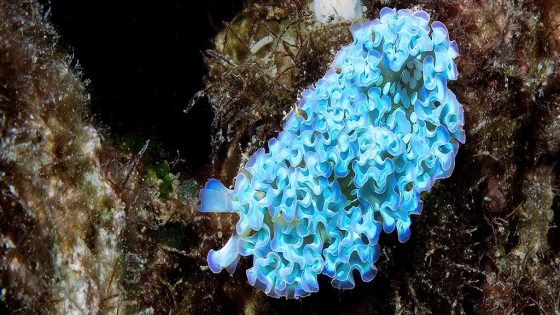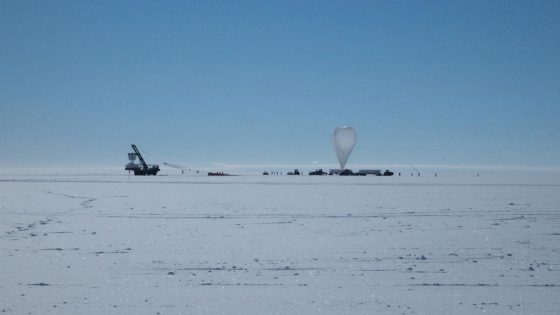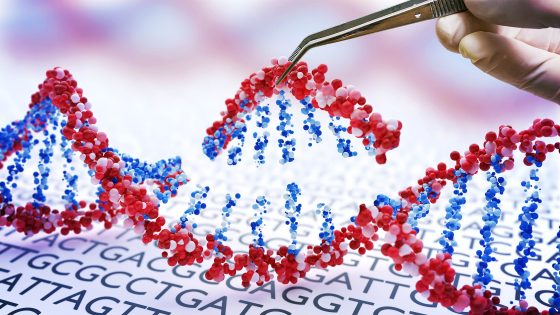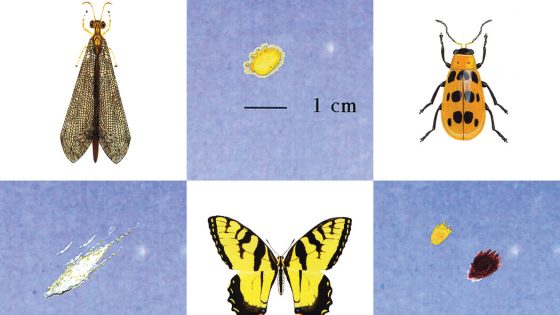The lettuce sea slug is a fascinating example of nature’s ingenuity, showcasing how organisms can adapt in surprising ways. This bizarre sea slug not only consumes algae but also steals their chloroplasts, harnessing their powers for its own benefit. A recent study published on 2025-06-25 23:01:00 reveals the intricate biology behind this unique form of symbiosis.
- Lettuce sea slug steals chloroplasts from algae.
- Uses chloroplasts as solar panels for energy.
- Encased in 'kleptosomes' to remain functional.
- Color changes indicate health and food availability.
- Research aids understanding of symbiotic relationships.
- Similar processes may explain mitochondria evolution.
Researchers at Harvard discovered that instead of digesting the chloroplasts, the slug encapsulates them in specialized sacs called ‘kleptosomes.’ This allows the chloroplasts to remain functional, effectively turning the slug’s back into a solar panel. Such remarkable adaptations prompt US to consider: how many other organisms might possess similar capabilities?
This discovery opens up intriguing questions about the nature of symbiotic relationships in the animal kingdom. What other organisms might be capable of such extraordinary feats? Understanding these processes could shed light on evolutionary adaptations across species.
- The slug’s chloroplasts continue to function, producing algal proteins.
- Color changes in the slugs indicate their health and food availability.
- These adaptations may serve multiple purposes, including camouflage and predator deterrence.
As we continue to explore the depths of biological interactions, who knows what other remarkable adaptations await discovery? Scientists are encouraged to delve deeper into these relationships to unlock further secrets of evolution.

































